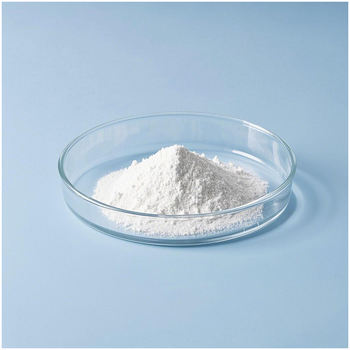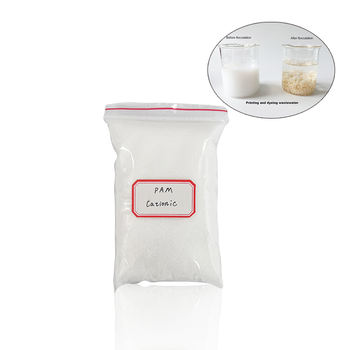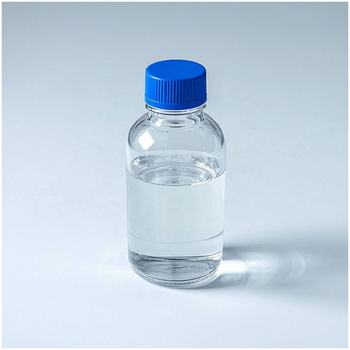Understanding Polyacrylamide (PAM): Properties, Applications, and Industrial Significance
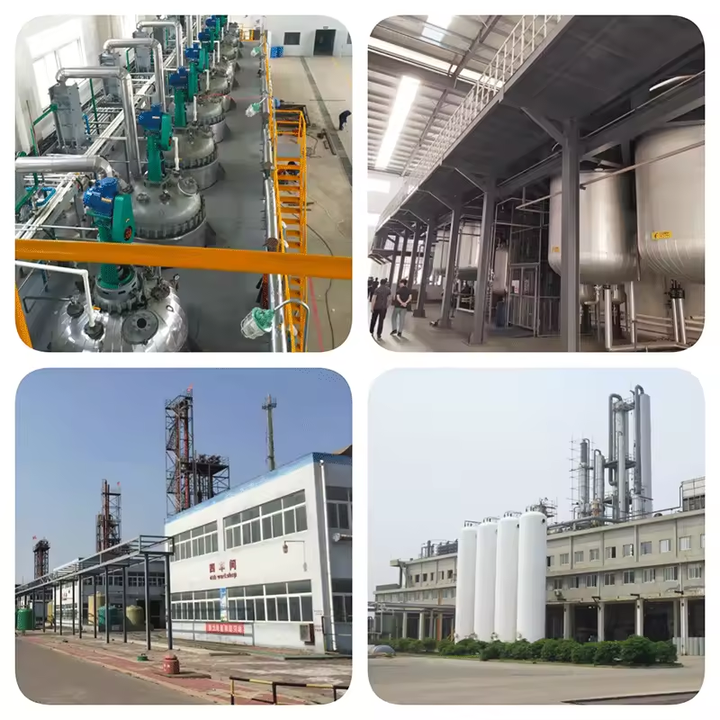
Introduction
Polyacrylamide (PAM) is a high-molecular-weight, water-soluble polymer derived from acrylamide monomers. It has gained significant attention across a range of industries due to its unique properties, particularly its ability to act as an effective flocculant. Available in various ionic forms—anionic, cationic, and nonionic—PAM serves essential roles in water treatment, mining, oil recovery, agriculture, and other sectors requiring solid-liquid separation or viscosity modification.
This article explores the structure, functionality, grades, and multi-sectoral applications of PAM, offering a comprehensive overview for engineers, environmental scientists, and process designers.
Molecular Structure and Chemistry
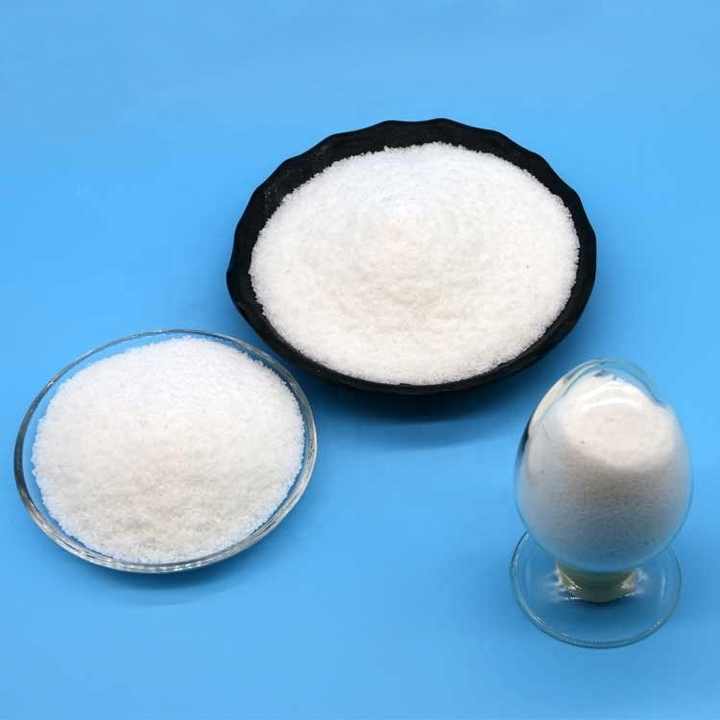
Polyacrylamide consists of repeating units of acrylamide (C₃H₅NO), forming long-chain molecules capable of interacting with suspended particles or emulsions. The molecular weight can range from one to more than 25 million Daltons, depending on the degree of polymerization and intended application.
Different ionic forms are created by copolymerizing acrylamide with various functional monomers:
-
Anionic PAM incorporates carboxylic acid groups
-
Cationic PAM includes quaternary ammonium salts
-
Nonionic PAM remains neutral, containing only the base acrylamide structure
Each form offers a unique interaction profile with suspended solids, ions, or organic matter.
Physical and Technical Characteristics
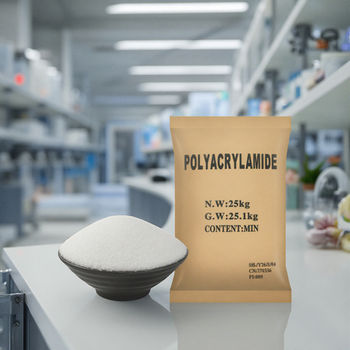
| Property |
Description |
| Appearance |
White granular powder or opaque liquid |
| Solubility |
Fully water-soluble |
| Ionic Forms |
Anionic, Cationic, Nonionic |
| Effective pH Range |
4 to 10 (varies by type) |
| Solid Content |
≥88% for powders; 30–50% for emulsions |
| Molecular Weight |
1 – 25 million Daltons |
| CAS Number |
9003-05-8 |
| Shelf Life |
2 years for powders; 6–12 months for emulsions |
PAM is usually supplied as dry powders, beads, or oil-in-water emulsions, each offering distinct advantages depending on the handling and dissolution requirements.
Core Industrial Applications
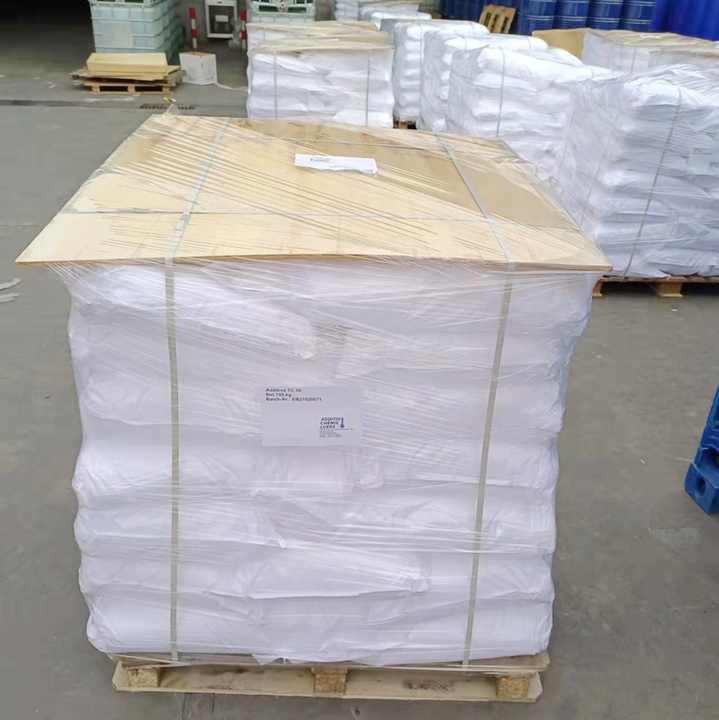
1. Water and Wastewater Treatment
In municipal and industrial wastewater treatment, PAM is widely utilized as a flocculant. It aids in aggregating fine particles and suspended solids into larger flocs that can be easily removed through sedimentation, flotation, or filtration.
-
Municipal Use: Clarification of potable water and sewage treatment
-
Industrial Use: Processing of effluents from textile mills, tanneries, pulp and paper mills, and food processing units
-
Sludge Dewatering: Cationic PAM enhances the removal of water from sludge, reducing disposal costs
2. Petroleum Industry
In enhanced oil recovery (EOR), particularly in polymer flooding operations, high-molecular-weight PAM improves sweep efficiency by increasing the viscosity of injected water. It also contributes to:
Its drag-reducing and viscosity-enhancing properties significantly reduce energy consumption and improve oil recovery rates.
3. Mining and Mineral Processing
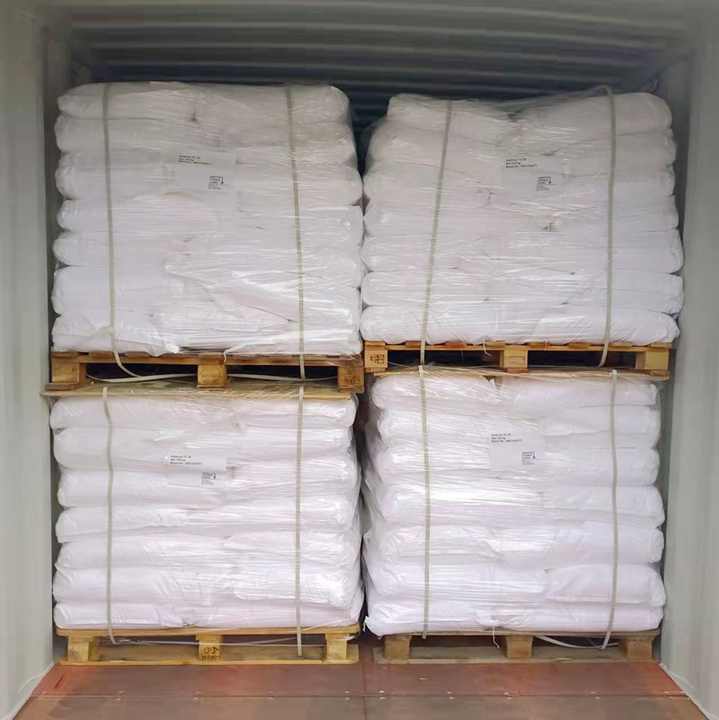
PAM is integral to solid-liquid separation in mining. It promotes rapid settling of fine particles, facilitates tailings treatment, and improves process water clarity. Specific uses include:
Its performance is tailored by adjusting charge density and molecular weight.
4. Pulp and Paper Industry
In the paper manufacturing process, PAM functions as a:
-
Retention and drainage aid
-
Dry and wet strength enhancer
-
Sludge dewatering polymer
It improves fiber bonding, drainage rate, and retention of fillers and fines, thereby increasing overall process efficiency.
5. Agriculture and Soil Stabilization
Anionic PAM is applied in agriculture to reduce erosion and improve soil stability. It is particularly effective in:
-
Irrigation systems to reduce water infiltration loss
-
Soil conditioning to enhance aggregation and reduce runoff
-
Dust control in construction and mining areas
These applications not only conserve water but also minimize nutrient leaching and soil degradation.
6. Textile and Dyeing Industry
In textiles, PAM is used for:
-
Effluent treatment to remove dye particles and chemicals
-
Thickening agent in textile printing paste
-
Fiber treatment to enhance fabric strength
Its compatibility with other treatment chemicals and ability to perform under variable pH and temperature conditions make it ideal for textile processing.
Types and Grades of PAM
| Grade Type |
Ionic Nature |
Primary Application |
| Anionic PAM |
Negative |
Sediment treatment, agriculture, mining |
| Cationic PAM |
Positive |
Sludge dewatering, paper industry |
| Nonionic PAM |
Neutral |
Textile processing, flocculation in low pH |
Different grades are optimized for various solids content, molecular weight, and solubility profiles.
Environmental and Safety Considerations
While PAM itself is non-toxic and non-corrosive, its monomer acrylamide is a known neurotoxin. Therefore, strict quality control ensures residual monomer content remains below regulatory limits (<0.05%).
Handling Precautions:
-
Use personal protective equipment (PPE) including gloves and goggles
-
Avoid inhalation of powder dust
-
Store in a cool, dry place with proper ventilation
-
In the event of a spill, use large amounts of water to avoid slipping hazards
PAM formulations that meet NSF/ANSI 60 and REACH regulations are acceptable for drinking water treatment and food-related applications.
Packaging and Storage
Standard packaging includes:
-
25 kg Kraft paper bags with PE liners
-
850–1000 kg jumbo bags for bulk
-
200L drums or 1000L IBCs for liquid emulsions
All packaging is designed to ensure protection from moisture and contamination. Proper sealing and dry storage conditions are crucial to maintaining polymer integrity over its shelf life.
Conclusion
Polyacrylamide (PAM) is a versatile and efficient polymer whose value spans across critical industrial sectors. Its ability to control fluid flow, aggregate particles, and modify viscosities makes it indispensable in modern industrial processes. By selecting appropriate grades and formulations, industries can significantly enhance process performance, reduce operational costs, and ensure regulatory compliance.
Whether used in water treatment, oil recovery, or agriculture, PAM stands as a prime example of functional polymer science applied to solve practical challenges in an environmentally conscious way.


